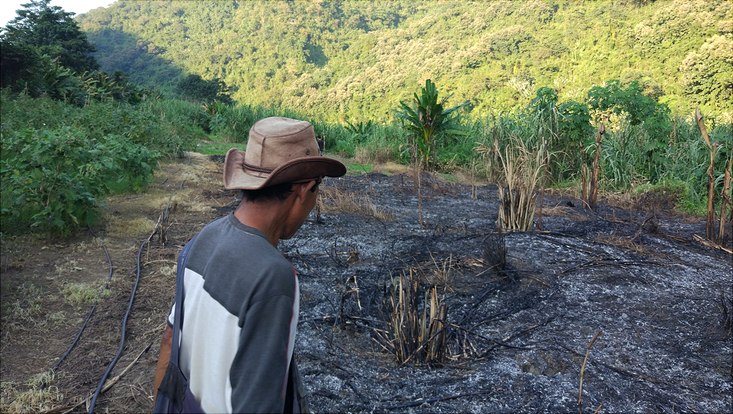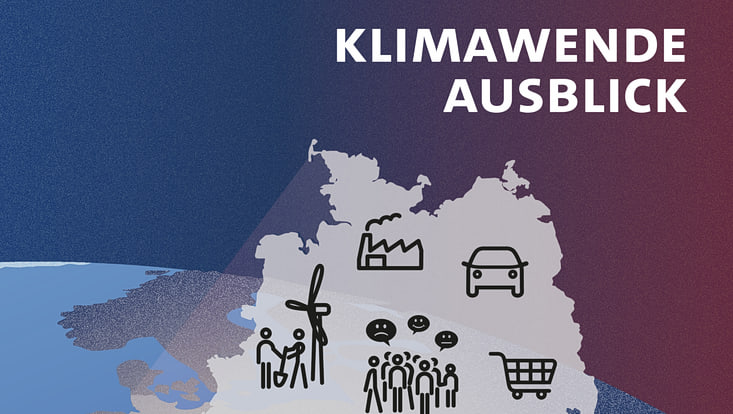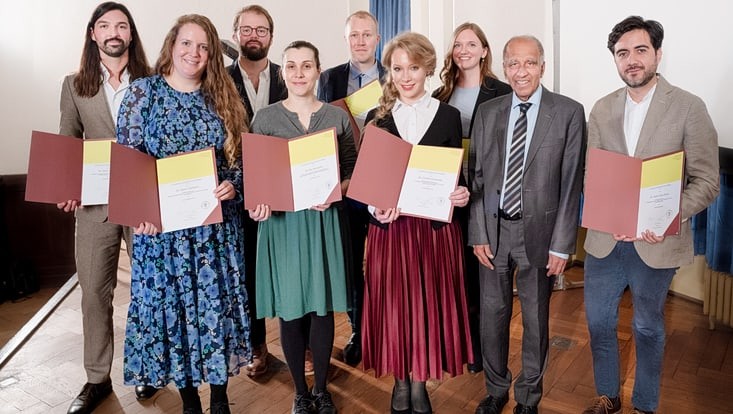and Society (CLICCS)
What crops should you plant when the rains change?
10 December 2021, by Franziska Neigenfind

Photo: Amol Bhalerao
In India, farming is highly dependent on the monsoon. But climate change is now affecting precipitation patterns. Rains that come too soon can ruin the summer rice: heavy rains preceding the actual monsoon can drown the seedlings in the fall, creating a breeding ground for pathogens. In addition, there are droughts and cyclones. How has climate change been felt by farmers in the eastern Himalayas? And how are they responding to it?
A team led by Prof. Uwe Schneider and Dr. Amol Bhalerao evaluated the personal experiences of 800 farming families. The majority have witnessed extreme weather events in the past ten to fifteen years. Many have experienced water shortages and declining soil fertility. Poor harvests have reduced their income. Roughly two-thirds of those surveyed believe human beings are responsible for climate change, and that something urgently needs to be done. In response, they are now planting mixed crops or planting at different times of year.
Nevertheless, political support is crucial to develop the agricultural sector sustainably. In this regard, e.g. training, affordable technologies and equipment, and access to credit can help. At the same time, soils need to be protected to reduce erosion and enhance fertility.
CLICCS Quarterly
The article was published in CLICCS Quarterly, the news from the Cluster of Excellence every three month. Find full issue -> here.
Research paper
Amol Kamalakar Bhalerao, Livia Rasche, Jürgen Scheffran & Uwe A. Schneider (2021) Sustainable agriculture in Northeastern India: how do tribal farmers perceive and respond to climate change?, International Journal of Sustainable Development & World Ecology, DOI: 10.1080/13504509.2021.1986750


